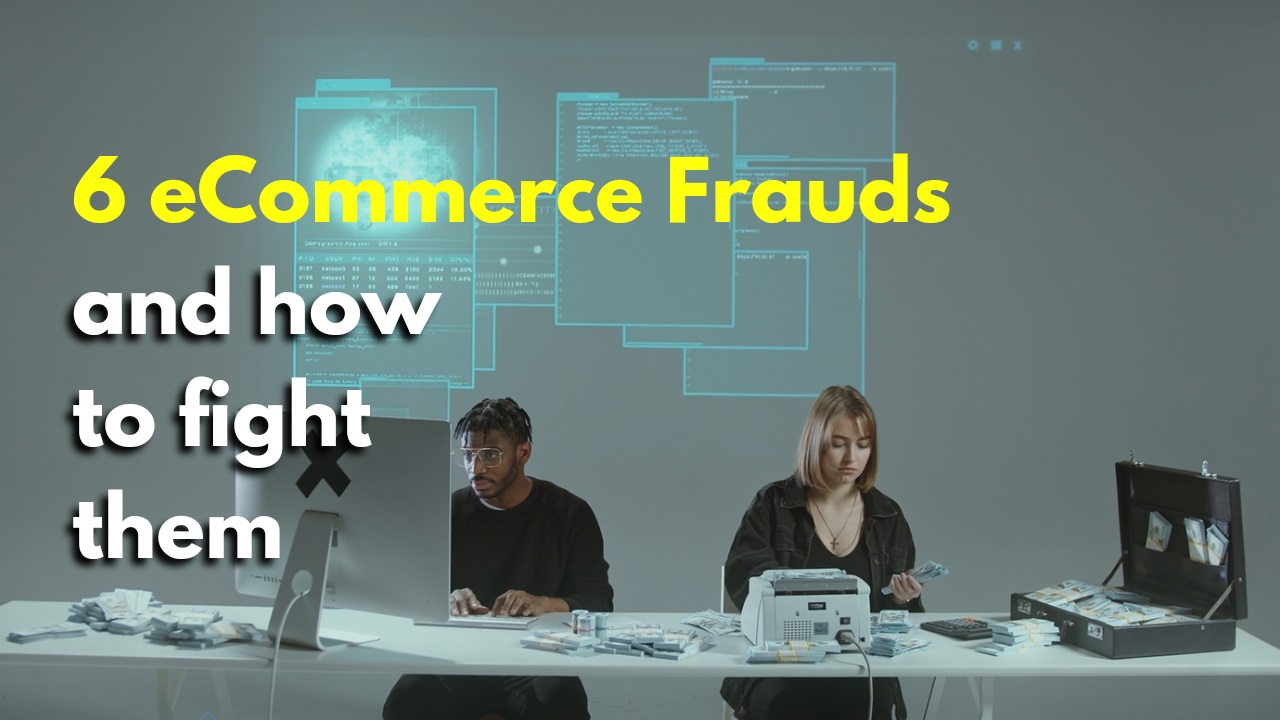#1 Card Testing Fraud
Card testing is a type of fraudulent activity where someone tries to determine if stolen card information can be used to make purchases.
Fraudsters will try making small purchases, to test multiple stolen credit card numbers, to test if the credit card can be used for future bigger purchases
How to protect yourself?
Take advantage of fraud detection solutions, most serious payment solution providers, like Stripe, have them in place.
#2 Chargeback Fraud
A chargeback fraud is when someone purchases an item or service online and then requests a chargeback from the payment processor, claiming the transaction was invalid.
In a chargeback fraud, also called friendly fraud, the shopper purchased an item from your online shop and argued the item never was delivered.
Instead of calling the merchant, they call their credit card issuer, asking to cancel the transaction.
Other stories used are "We returned the item, but we didn't get a refund", or we cancelled the order and the merchant still have sent it".
How to prevent chargeback fraud?
verify if you work with a payment processor who offers AVS
An address verification service is a service provided by major credit card processors to enable merchants to authenticate ownership of a credit or debit card used by a customer.
AVS is done as part of the merchant's request for authorization in a non-face-to-face credit card transaction.
#3 Refund Fraud
Refunf fraud Involves returning goods ineligible for the refund to a retailer in exchange for money or other goods.
The goods returning may be illegally bought, they can be damaged goods, other simulated goods in the original product packaging, or switching labels, or purchasing products at a lower price and then returning them for their original value.
How to prevent refund fraud?
- Require an ID + contact info when accepting returns
- Eliminating cash refunds, and offering store credit or gift receipts instead (not always possible)
- Updating your return policies to limit to more strict guidelines and specific time frames
#4 Account Takeover Fraud
When the criminal access the victim’s shoppers account, and use the saved credit cards details to buy the goods
Fraudsters are using various techniques to attempt an account takeover, from social engineering, Phishing, credential stuffing and bot attacks
How to prevent account takeover
- Check for compromised credentials: compare new user credentials with a breached credentials database
- Set rate limits on login attempts
- Send users notifications of account changes
- Technical: Identify country IP address and the account country and checking if several accounts are accessed by the same device
#5 Interception Fraud
Once an order is placed, using a stolen credit card, the goal is to intercept the package and take the goods for themselves
With interception fraud, fraudsters attempt to intercept a customer’s order and obtain goods for resale.
Fraudsters will contact a vendor’s customer service partner to have the order’s shipping address changed to their own.
They may also approach the shipping company directly and ask them to reroute a delivery to an alternative address.
How to prevent Interception Fraud?
- Make your shipping company understands your process and never accept a change of address.
- Train your customer service and double-check, as requesting ID
#6 Triangulation Fraud
When a shopper makes a purchase on a third-party marketplace but the product they receive was fraudulently purchased with a stolen credit card
This practice harms businesses of all kinds. Customers usually aren’t aware as the customers will receive their products.
In this fraud involves 3 actors:
- An unsuspecting customer who places an order on an auction or marketplace using his/her credit card
- A fraudulent seller who receives that order and then places the order for the actual product with a legitimate eCommerce website using a stolen credit card.
- A legitimate eCommerce website that then processes the criminal’s order.
How to prevent triangulation fraud? Keep an eye out for customers who are placing frequent, repeat orders for the same few products, especially if they’re using different shipping addresses for each order.
Conclusion
I hope this article, podcast shows how your eCommerce business can be scammed by criminals and how you protect yourself.
Leave in the comments your stories on eCommerce Scams





